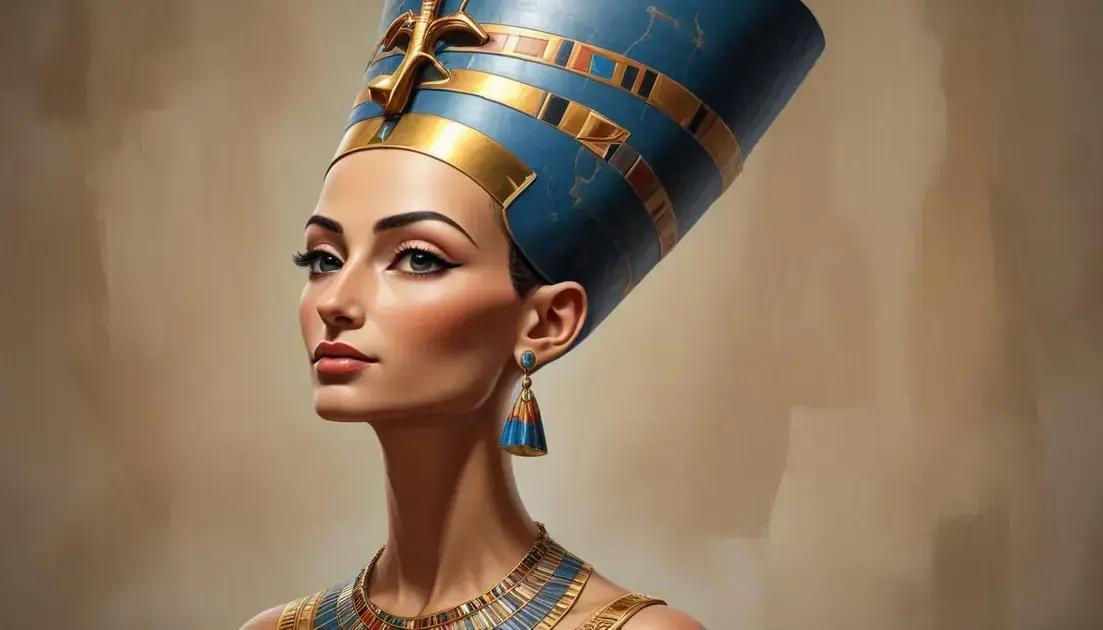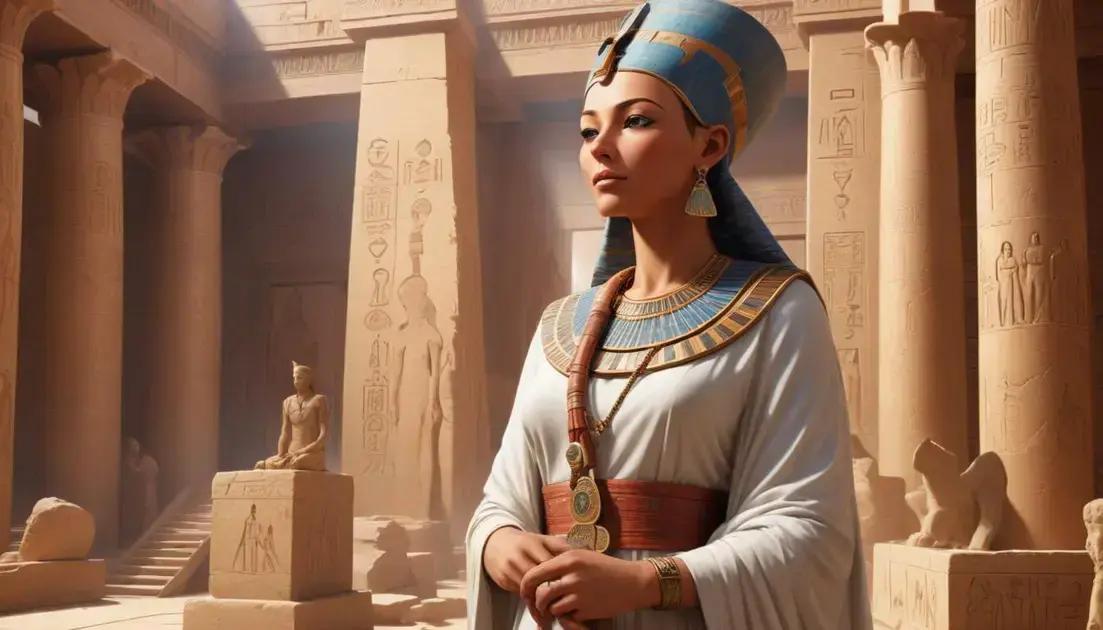
Ancient Egypt: Pharaohs, Pyramids and Eternal Legacy
Ancient Egypt: Pharaohs, Pyramids and Eternal Legacy
For over three millennia, ancient Egypt captivated the world with its magnificent monuments, powerful pharaohs, and revolutionary innovations that continue to influence modern civilization. This remarkable civilization, flourishing along the fertile banks of the Nile River, has become one of the most studied and celebrated cultures in history, offering insights into human achievement, religious devotion, and architectural mastery that would make any timeless reporter eager to chronicle its enduring legacy.
The fascination with ancient Egypt extends far beyond academic circles, permeating popular culture, inspiring countless documentaries, movies, and books that attempt to capture the mystique of this golden age. From the towering pyramids of Giza to the elaborate burial chambers of the Valley of the Kings, ancient Egypt represents humanity’s earliest attempts to conquer mortality through monumental architecture and spiritual beliefs that promised eternal life.
What makes ancient Egypt particularly compelling is how its influence transcends time boundaries. Modern archaeologists, historians, and researchers continue to uncover new secrets buried beneath the desert sands, each discovery adding another layer to our understanding of this sophisticated civilization. The meticulous record-keeping of ancient Egyptian scribes, combined with the preservative qualities of the desert climate, has created an unparalleled window into daily life, religious practices, and governmental systems that operated thousands of years ago.
The Divine Pharaohs: Ancient Egypt’s Living Gods and Political Powerhouses
The pharaohs of ancient Egypt stood as the ultimate symbol of divine authority, wielding unprecedented power that combined religious, political, and military leadership into a single, god-like figure. These rulers weren’t merely monarchs in the traditional sense; they were considered living embodiments of the god Horus during their lifetime and transformed into Osiris upon death, creating a seamless bridge between the mortal and divine realms that defined Egyptian civilization for over three thousand years.
The pharaonic system established a governmental structure that was remarkably sophisticated for its time, with the pharaoh serving as the supreme judge, military commander, and high priest simultaneously. This concentration of power wasn’t viewed as tyrannical but rather as necessary for maintaining ma’at – the cosmic order that Egyptians believed kept chaos at bay. The pharaoh’s word was literally law, and their decisions were considered divinely inspired, creating a stable political system that endured through numerous dynasties and foreign invasions.
Notable pharaohs like Tutankhamun, despite his young age and relatively short reign, became household names due to the incredible preservation of his burial treasures. However, more significant rulers like Hatshepsut, who successfully ruled as a female pharaoh for over two decades, or Ramesses II, whose 66-year reign marked the height of Egyptian power, demonstrate the diverse leadership styles and achievements that characterized pharaonic rule. Each pharaoh left distinctive marks on Egyptian culture, from monumental building projects to military conquests that expanded Egypt’s influence throughout the Mediterranean and beyond.
The pharaoh’s daily life involved elaborate rituals designed to maintain their divine status and ensure the continued prosperity of the kingdom. Morning ceremonies included ritual purification, offerings to the gods, and consultation with priests and advisors who helped interpret divine will. The pharaoh’s appearance was carefully orchestrated, with specific crowns, jewelry, and regalia that symbolized different aspects of their authority – the uraeus (cobra symbol) representing lower Egypt, the vulture representing upper Egypt, and the intricate combinations that demonstrated unified rule over the entire kingdom.
Architectural Marvels: The Ancient Egypt Pyramids and Monumental Legacy
The pyramids of ancient Egypt represent perhaps humanity’s most ambitious architectural undertaking, combining mathematical precision, engineering innovation, and religious devotion into structures that have survived millennia as testaments to human capability and divine aspiration. These monumental tombs weren’t merely burial places but rather complex spiritual machines designed to facilitate the pharaoh’s journey to the afterlife while demonstrating Egypt’s power and sophistication to both subjects and foreign observers.
The Great Pyramid of Giza, constructed during the Fourth Dynasty for Pharaoh Khufu, remains the most impressive example of pyramid construction, originally standing at 481 feet tall and containing approximately 2.3 million stone blocks, each weighing between 2.5 and 15 tons. The precision involved in its construction continues to baffle modern engineers – the base is level to within just 2.1 centimeters, and the pyramid’s orientation to cardinal directions is accurate to within 3/60th of a degree, demonstrating mathematical and astronomical knowledge that rivals modern capabilities.
Beyond their impressive scale, pyramids served multiple functions within ancient Egyptian society. They provided employment for thousands of workers during the annual flood season when agricultural work was impossible, effectively serving as ancient public works projects that distributed wealth throughout the kingdom. The pyramid complexes included mortuary temples, causeway roads, and smaller pyramids for queens, creating entire sacred cities dedicated to ensuring the pharaoh’s successful transition to the afterlife while maintaining their cult worship for generations.
The evolution of pyramid design tells the story of ancient Egypt’s developing architectural expertise and changing religious beliefs. Early mastaba tombs gave way to the Step Pyramid of Djoser, designed by the legendary architect Imhotep, which demonstrated the transition from horizontal to vertical tomb construction. This innovation led to the true pyramid form perfected at Giza, though later pyramids showed both technological advancement and decline, reflecting the kingdom’s changing fortunes and resources throughout various dynastic periods.
The construction process itself reveals remarkable organizational capabilities, with evidence suggesting that pyramid builders were skilled craftsmen rather than slaves, receiving regular wages, medical care, and proper nutrition. Recent archaeological discoveries have uncovered worker villages complete with bakeries, breweries, and medical facilities, painting a picture of pyramid construction as a national endeavor that brought together Egypt’s best minds and most capable hands in service of their divine ruler’s eternal needs.
Daily Life and Social Hierarchy: Understanding Ancient Egypt’s Complex Society
The social structure of ancient Egypt created a sophisticated civilization where history shows us how different classes interacted within a surprisingly mobile society that valued skill, education, and service to the pharaoh above rigid birth-based limitations. Unlike many ancient civilizations, Egypt offered opportunities for social advancement through education, military service, or exceptional talent, creating a dynamic society that any timeless reporter would find rich with human interest stories spanning all social levels.
At the apex of Egyptian society stood the pharaoh and royal family, followed by high priests, nobles, and government officials who managed the kingdom’s complex administrative needs. These elite classes lived in luxury, with elaborate homes featuring gardens, pools, and intricate decorations that showcased their wealth and status. Archaeological evidence from sites like Deir el-Medina reveals that even skilled workers enjoyed comfortable lives with well-constructed homes, suggesting that ancient Egypt maintained higher living standards for its population than many contemporary civilizations.
The middle classes of ancient Egypt included scribes, artisans, merchants, and military officers who formed the backbone of Egyptian society. Scribes held particularly prestigious positions because literacy was rare and valuable, making them essential for record-keeping, tax collection, and administrative functions that kept the kingdom functioning smoothly. Training to become a scribe required years of education in reading, writing, mathematics, and law, but successful completion opened doors to government positions and social advancement that could elevate entire families.
Daily life for ordinary Egyptians revolved around agricultural cycles, religious observances, and family obligations that created strong community bonds. Egyptian families typically lived in multi-generational households where older members passed down skills, traditions, and wisdom to younger generations. Women enjoyed relatively high status compared to other ancient civilizations, with rights to own property, initiate divorce proceedings, and engage in business transactions independently, though their primary roles remained centered on household management and child-rearing.
Religious practices permeated every aspect of Egyptian daily life, from morning prayers and protective amulets to elaborate preparations for the afterlife that began during one’s lifetime. Egyptians believed that earthly life was merely preparation for eternal existence, leading them to develop complex mummification procedures, create detailed death texts, and accumulate grave goods that would ensure comfort in the afterlife. This religious focus created industries around death preparation, from embalmers and coffin makers to artists who decorated tomb walls with scenes of ideal afterlife activities.
Religious Beliefs and the Afterlife: Ancient Egypt’s Spiritual Foundation and Cultural Identity
The religious system of ancient Egypt created one of history’s most complex and enduring spiritual frameworks, establishing beliefs about death, resurrection, and eternal life that would influence world religions for millennia to come, making it a subject that any timeless reporter would recognize as having profound contemporary relevance. Egyptian religion wasn’t simply about worshipping multiple gods; it represented a comprehensive worldview that explained natural phenomena, social order, and human purpose within a cosmic framework that promised immortality to the faithful.
The Egyptian pantheon included hundreds of deities, each governing specific aspects of life, death, and natural forces. Major gods like Ra (the sun god), Isis (goddess of magic and motherhood), Osiris (god of the underworld), and Thoth (god of wisdom and writing) formed the core of religious practice, but local deities maintained importance in regional communities. This religious flexibility allowed Egypt to incorporate new gods and adapt existing beliefs


